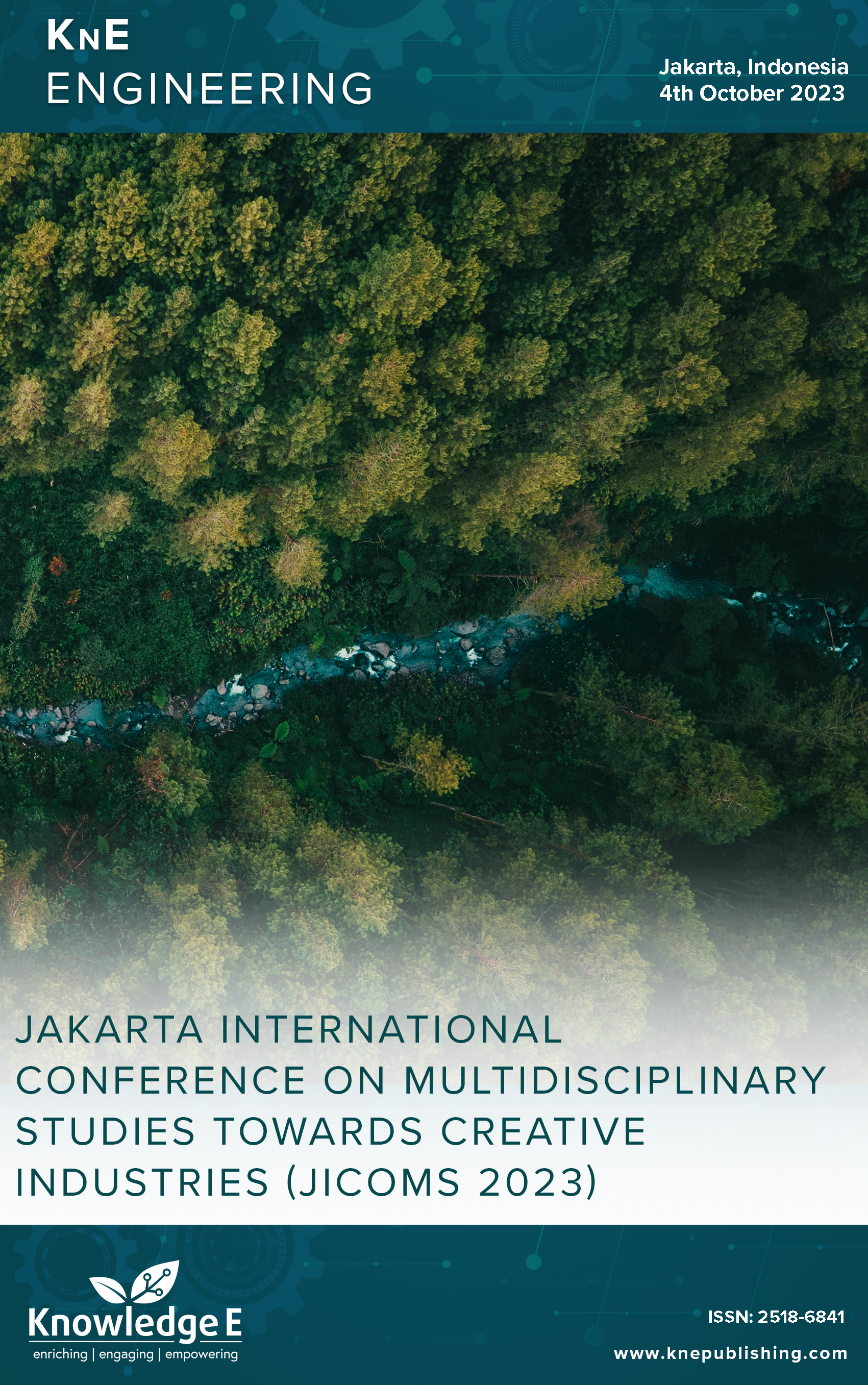Clustering for Recommendation of Further Studies for Lectures at Politeknik Negeri Media Kreatif, Indonesia
DOI:
https://doi.org/10.18502/keg.v6i1.15356Abstract
Professionally, lecturers must continue to develop themselves in their field of expertise and regularly update their knowledge and skills, in order to provide teaching that is up-to-date and relevant to the changing times. To improve the quality of lecturers, one of the strategies is to enhance their academic qualifications. In this regard, lecturers who meet the qualifications can pursue further studies at the doctoral level. The recommending authorities can consider various factors when evaluating the performance quality of a lecturer, including age, work experience, academic achievements and performance, specialization, lecturer-to-student ratio, availability and readiness of substitute lecturers, as well as the reputation and status of the university where the lecturer applies and is accepted. In this research, the clustering of lecturer performance data is done using the K-Means method to address the aforementioned issues. This allows for faster determination of recommendations as the process is automated. The analysis and evaluation of the clustering results are conducted by determining the quality of the clustering using the Silhouette Coefficient method. This research has successfully applied the K-Means Clustering method, providing 3 clusters of recommendations for further studies for Polimedia lecturers. The testing of this system using the Silhouette Coefficient obtained an average value of 0.78, indicating that the clustering results are in good condition.
Keywords: K-Means, evaluating, resul
References
[2] Abdullah, A. I. Collaborative writing: Boost-K-means Method for Clustering Community Health Centers based on the Percentage of Immunized Babies. Jurnal Riset Sains dan Teknologi, 2020: 4:89-96.
[3] Afifuddin RN, Nurjanah D. Recommendation System for Specialization Course Selection Using K-Means and Apriori Algorithm (Case Study: Department of Computer Science, Faculty of Informatics). e-Proceeding of Engineering. Bandung. 2019: 2359-2367.
[4] Darmi Y, Setiawan A. Application of K-Means Clustering Method in Product Sales Grouping. Media Infotama. 2016;12:148–57.
[5] Fadlil J, Mahmudy JF. Development of a Recommendation System Using Decision Tree and Clustering. KURSOR. 2007;3:57–66.
[6] Hassolthine CR, Nugroho C, Mekeng AM. Design of a Student Study Monitoring Recommendation System Using the K-Means Method [ Jurnal Ilmu Siber]. JIS. 2023;2:44–7.
[7] Haviluddin, et al. Implementation of the K-Means Method for Grouping Final Thesis Recommendations. Scientific Journal of Computer Science. 2021: 16: 13-18.
[8] Prasetyo AE. Data Mining - Concepts and Applications Using MATLAB. Yogyakarta: ANDI; 2012.
[9] Salam A, Adiatma D, Zeniarja J. Implementation of the K-Means Algorithm in Clustering for PPA Scholarship Recipient Recommendations at UDINUS. J Inf Syst. 2020;5:62–8.
[10] Santoso YP. Marlina & Agung, H. Implementation of the K-Means Clustering Method in the Recommendation System for Permanent Faculty Members Based on Faculty Evaluation. Jurnal Informatika Universitas Pamulang. 2018;3:14–20.
[11] Sinambela LP. Lecturer Professionalism and Higher Education Quality. Populis. 2017;2:579–96.
[12] Sugiyono. Educational Research Methods Quantitative Qualitative and R&D Approaches. Bandung: Alfabeta; 2017.


